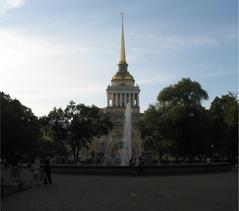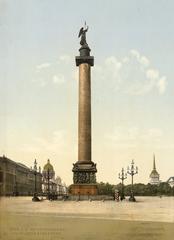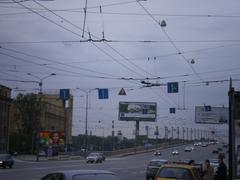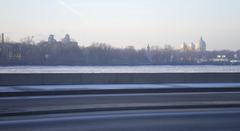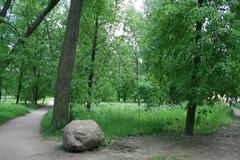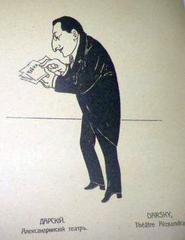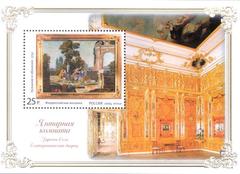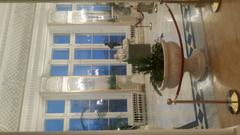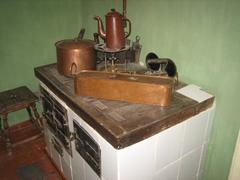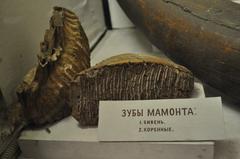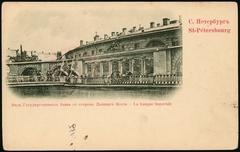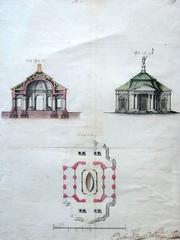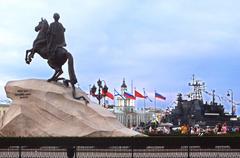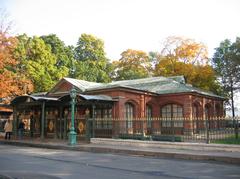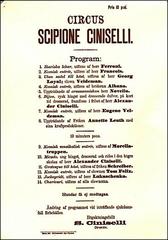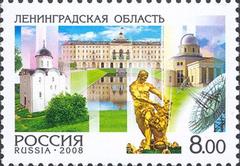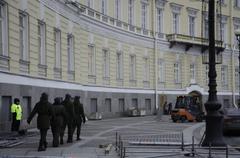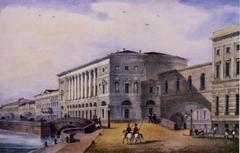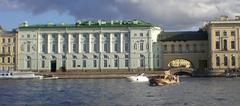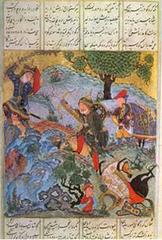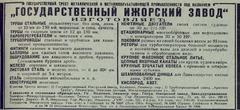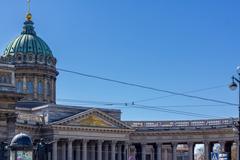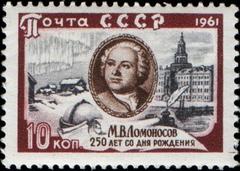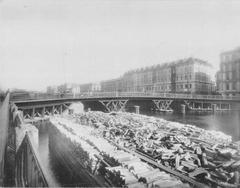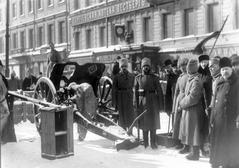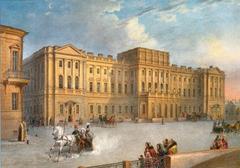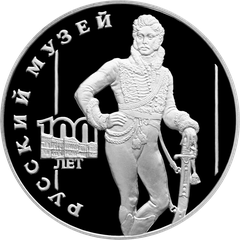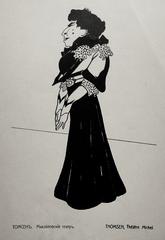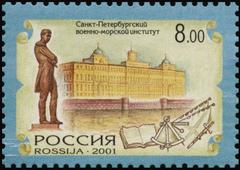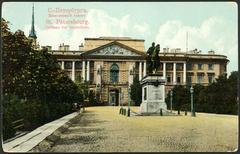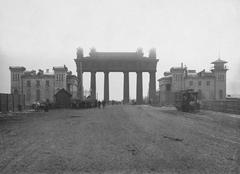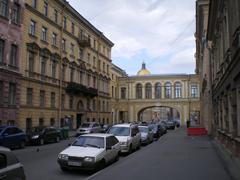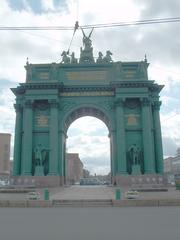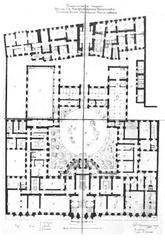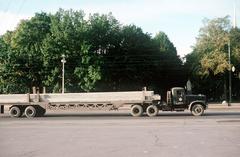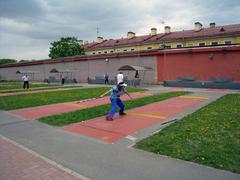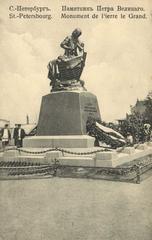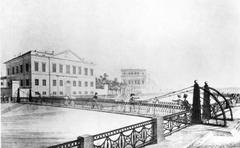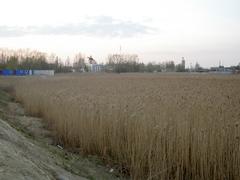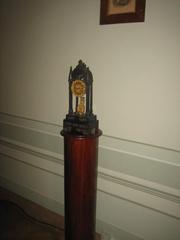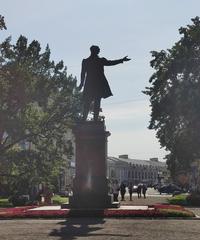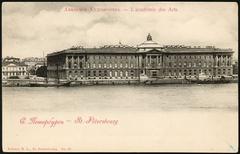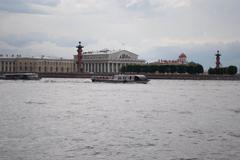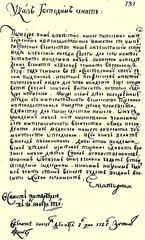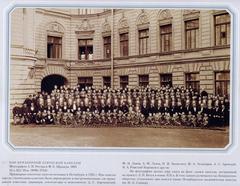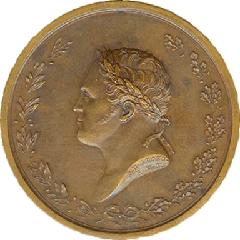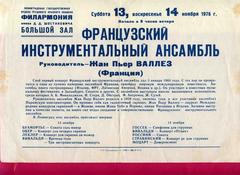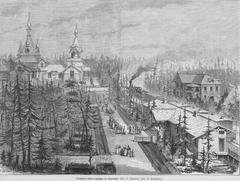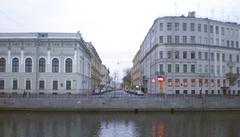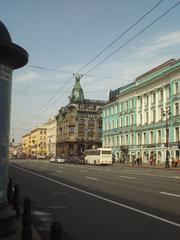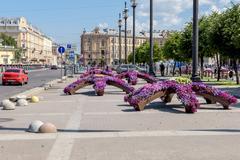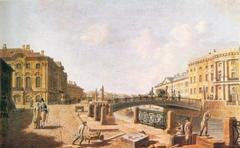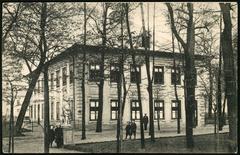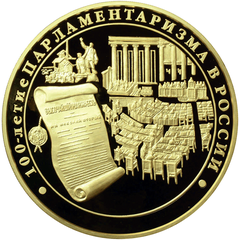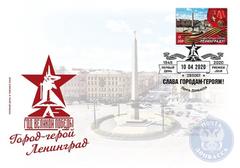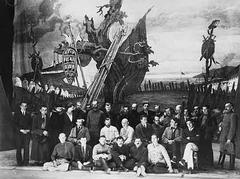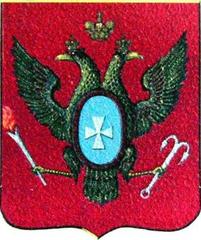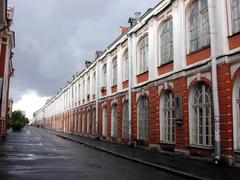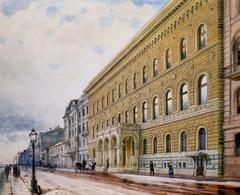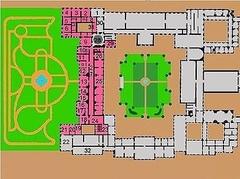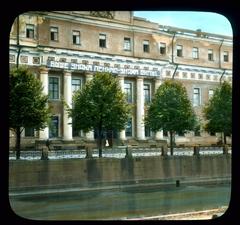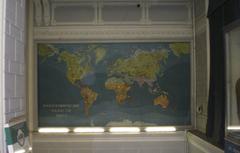1st Lower Street Saint Petersburg: Visiting Hours, Tickets, and Historical Sites Guide
Date: 04/07/2025
Introduction
Discover the multifaceted history and urban charm of 1st Lower Street (Pervaya Nizhnaya Ulitsa), a captivating thoroughfare in Saint Petersburg that embodies the city’s architectural grandeur and vibrant culture. This comprehensive guide provides essential information on the street’s historical evolution, architectural highlights, visiting hours, ticketing, accessibility, travel tips, and nearby attractions, enabling you to make the most of your exploration of one of Saint Petersburg’s most intriguing historical sites (Wikipedia; Britannica).
Historical Origins and Urban Development
Foundation and Early Urbanization
Saint Petersburg was established by Peter the Great in 1703 as Russia’s “Window to Europe” (Wikipedia). The city’s meticulously planned layout—with its radiating avenues, canals, and grid street network—was inspired by European capitals. 1st Lower Street was likely among the early streets developed during the city’s initial expansion from the Peter and Paul Fortress, its “Lower” designation reflecting its proximity to the Neva River and the city’s low-lying topography (Britannica; Mapping Petersburg).
By the 18th and 19th centuries, the area around 1st Lower Street had become a vibrant mix of residential, administrative, and commercial spaces, featuring architecture influenced by Baroque, Rococo, and Neoclassical styles (Mapping Petersburg; Travel All Russia).
Socio-Cultural and Architectural Significance
Role in City Life
Historically, 1st Lower Street connected bustling city arteries with quieter residential districts and provided crucial access to the Neva River for transportation and trade. Its location attracted a mix of artisans, merchants, and officials, reflecting Saint Petersburg’s dynamic social fabric (Britannica).
Literary and Artistic Connections
The atmospheric streets of Saint Petersburg have inspired generations of Russian writers and artists, with figures like Dostoyevsky and Pushkin drawing on the city’s urban ambiance for their works (Mapping Petersburg).
Architectural Heritage
1st Lower Street’s architectural landscape showcases the city’s evolution:
- Baroque and Neoclassical Influences: Early buildings exhibit ornate facades and vibrant Baroque colors, later transitioning to the symmetry and columns of Neoclassicism (corinthia.com).
- Soviet and Modern Layers: The Soviet era added functionalist apartment blocks, while post-1990s restoration has balanced preservation with adaptive reuse (archtene.com; worldhistoryjournal.com).
Preservation of these historic structures is central to maintaining Saint Petersburg’s UNESCO World Heritage status (HSE University).
Historical Events and Transformations
From the Imperial Era to Modern Day
1st Lower Street has witnessed the city’s imperial prosperity, Soviet transformation, and post-Soviet revival. Changes in street names, building purposes, and urban priorities reflect the city’s complex history. Since the 1990s, restoration and tourism have revitalized the area, reinforcing its role in Saint Petersburg’s cultural life (Petersburgo.info).
Practical Visitor Information
Visiting Hours and Tickets
- Street Access: 1st Lower Street is publicly accessible 24 hours a day, year-round.
- Museums and Attractions: Nearby sites such as Menshikov Palace, the Hermitage Museum, and the Museum of Electrical Transport have their own hours (typically 10:30/11:00 AM to 6:00/7:00 PM, with closures on certain days). Admission fees vary; consult individual museum websites for details (PlanetWare; hermitagemuseum.org).
Accessibility
- Streets and Sidewalks: Most areas are pedestrian-friendly, but some historic pavements may be uneven. Ramps and accessible crossings are increasingly common.
- Buildings: While modern structures are generally wheelchair accessible, some historic buildings may have limited access (saint-petersburg.com).
Getting There and Around
- Metro: Nearest stations include Gorkovskaya, Petrogradskaya, Vasileostrovskaya, and Sportivnaya. Saint Petersburg’s metro is efficient and well-marked (Audiala).
- Buses/Trams: Frequent services connect the area with other districts.
- Walking and Cycling: The historic center and Vasilyevsky Island are flat and ideal for walking or biking.
Safety and Local Etiquette
- Saint Petersburg is generally safe, but standard precautions against pickpocketing are advised (TravelSafe-Abroad).
- Respect local customs, especially in religious sites; English is spoken in tourist areas, but learning basic Russian phrases is helpful.
Dining, Shopping, and Amenities
- Dining: Options range from traditional Russian cafes to international eateries. Local specialties include borscht, pelmeni, and blini (gotraveltipster.com).
- Shopping: Find crafts, souvenirs, and amber jewelry in nearby boutiques.
- Amenities: ATMs, public restrooms, and Wi-Fi are widely available.
Architectural and Urban Highlights on Vasilyevsky Island
Historical Context
Located on Vasilyevsky Island, 1st Lower Street is integral to an area known for its grid-like street plan and rich architectural diversity (Britannica). The island was envisioned by Peter the Great as a commercial and residential hub, and its proximity to the Neva River made it a strategic location for trade and industry.
Notable Landmarks and Sites
- Menshikov Palace: A Baroque residence and Hermitage Museum branch, open Tuesday–Sunday, 10:30 AM–6:00 PM (PlanetWare).
- Old Stock Exchange and Rostral Columns: Iconic neoclassical architecture, Naval Museum open daily from 11:00 AM–7:00 PM.
- Museum of Electrical Transport: Open Tuesday–Sunday, 11:00 AM–5:00 PM, focusing on the city’s tram and trolleybus history.
- Nearby: Erarta Museum of Contemporary Art, St. Andrew’s Cathedral, University Embankment.
Parks and Waterfronts
- Neva River Embankment: Popular for walks, photography, and boat tours, especially during the White Nights (MundoMaya).
- Local Parks: Tranquil green spaces are scattered nearby for relaxation.
Events and Unique Experiences
White Nights Festival and Seasonal Highlights
From late May to mid-July, Saint Petersburg’s White Nights transform the city with music, performances, and open-air celebrations. Vasilyevsky Island, including 1st Lower Street, hosts a variety of cultural events (MundoMaya).
Markets and Community Life
Periodic markets and fairs near 1st Lower Street offer handmade crafts and local delicacies, providing insight into the area’s daily rhythms.
Photographic Spots and Visual Experiences
- River Views: Capture the Neva embankment, city skyline, and historic facades.
- Architectural Details: Baroque and Neoclassical elements along the street.
- Bridges and Canals: Especially scenic during evening illumination.
[Insert images: “1st Lower Street Vasilyevsky Island Saint Petersburg historical street”, “Menshikov Palace near 1st Lower Street”]
FAQ
Q: What are the visiting hours for 1st Lower Street?
A: 1st Lower Street is accessible 24/7. Nearby attractions have specific hours; check individual websites.
Q: Are tickets required to visit the street?
A: No, the street is free to access. Museum and palace visits require separate tickets.
Q: How do I get to 1st Lower Street?
A: The closest metro stations are Vasileostrovskaya and Sportivnaya. Buses and trams also serve the area.
Q: Is the street accessible for those with mobility challenges?
A: Sidewalks are mostly paved, but historic buildings may have limited accessibility.
Q: When is the best time to visit?
A: Late spring to early autumn, especially during the White Nights Festival.
Summary and Recommended Actions
1st Lower Street offers a window into Saint Petersburg’s imperial past, architectural evolution, and vibrant local culture. Its central location, historical landmarks, public accessibility, and proximity to major attractions make it an essential stop for any visitor to the city. Plan your visit by checking current hours for nearby museums, booking guided tours, and using navigation tools for a seamless experience. For updates, interactive maps, and travel tips, download the Audiala app and consult official tourism resources (Saint Petersburg Official Tourism).
References
- History of Saint Petersburg, Wikipedia
- Saint Petersburg History and Urban Development, Britannica
- Top Rated Tourist Attractions in St. Petersburg, PlanetWare
- A Guide to Architecture in St. Petersburg, Corinthia Hotels
- Saint Petersburg Architecture: Iconic Designs, ArchTene
- Exploring Saint Petersburg Architecture, World History Journal
- Visiting Saint Petersburg: Essentials, Saint-Petersburg.com
- Cultural Importance of Saint Petersburg, Petersburgo.info
- Audiala App for Saint Petersburg Tours, Audiala
- Saint Petersburg Official Tourism Portal
